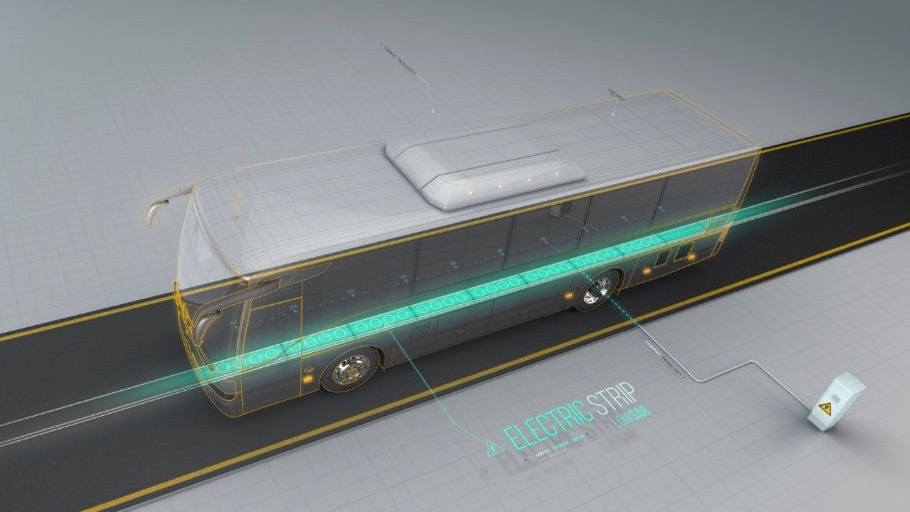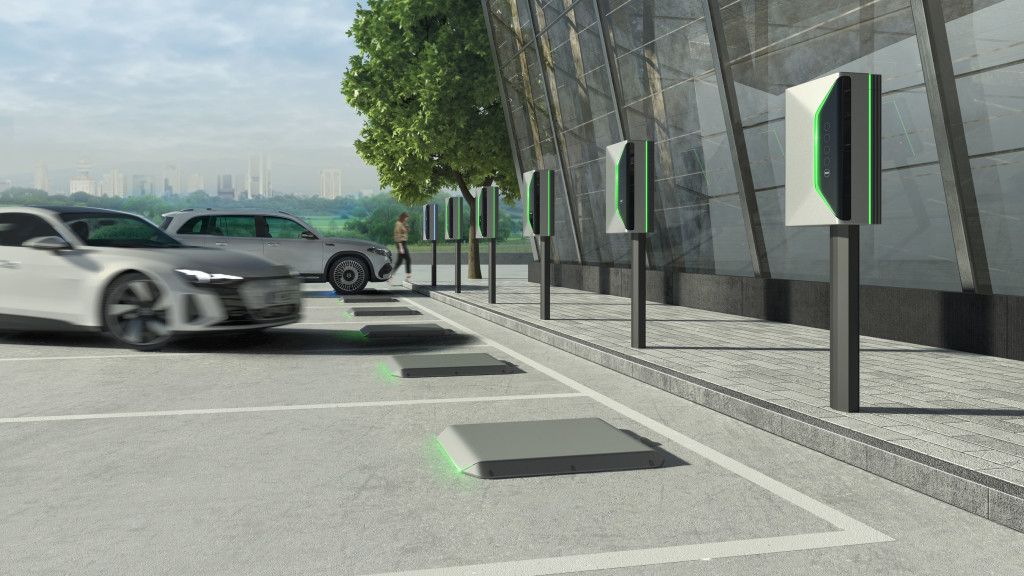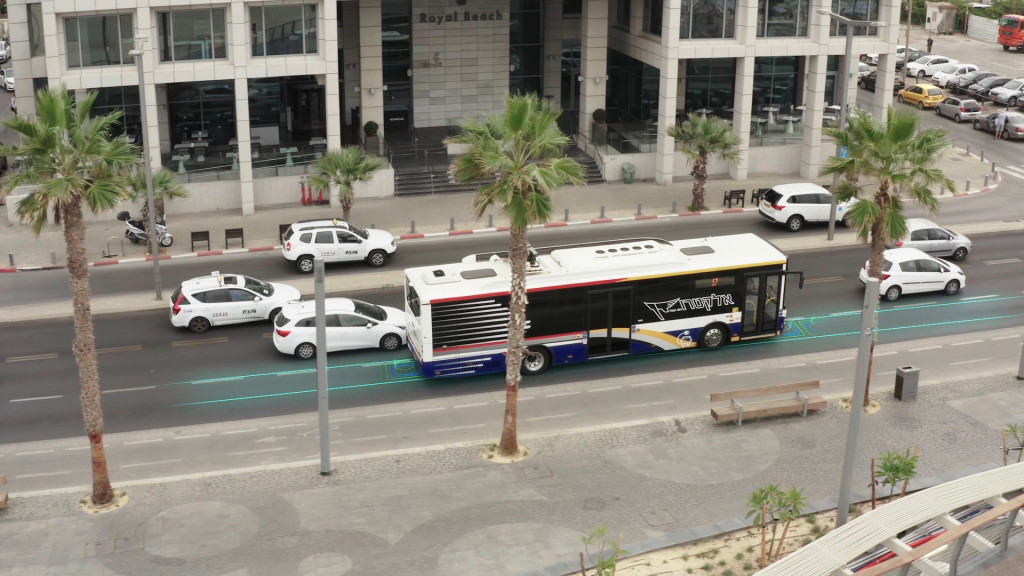After an extensive test with dynamic wireless charging installed on a Toyota RAV4 Prime, Israel-based Electreon is on a path with Toyota and its top-tier supplier Denso to develop a dynamic wireless charging system for electrified Toyota vehicles.
The strategic agreement, which comes less than a month after the tease of future wireless charging in Tesla vehicles, could lead to a joint development agreement to create an aftermarket wireless kit for current electrified models like the Toyota RAV4 Prime, integration of the tech into new vehicles, and a joint pilot project in Japan, the U.S., or the EU, according to the companies.
That includes what the effort described as “collaboration to shape the standardization of wireless EV charging.”

Electreon dynamic wireless charging
The companies didn’t clarify what was meant by that. The Society of Automotive Engineers (SAE) in 2020 announced the first global standards for wireless EV charging at up to 11 kw, and Electreon has been a part of the process behind these standards.
“Toyota has hopes that dynamic wireless charging technology will serve as one of the solutions that will solve the issues related to electrified vehicles,” said the joint release, which mentioned that a recent tech evaluation included a demonstration of a RAV4 Prime charging on a wireless road.
That may help reduce the battery size required in EVs or extend their driving range, the companies explained—and it might also potentially reduce the load on the grid and make it easier to incorporate renewable energy sources, the companies explained. Those were outlined in greater detail in a white paper from Electreon released last year.

WiTricity and Siemens wireless charging station
While the current leading provider of factory wireless charging tech, WiTricity, is focusing on static wireless charging—when the vehicle is parked—Electreon seeks to provide solutions that work dynamically (when the vehicle’s moving) as well as statically.
Toyota has shown interest in wireless charging tech for more than a decade, and it became a stakeholder in WiTricity back in 2011.
That could potentially mean a higher price for integration in EVs, while so far, projects that incorporate dynamic charging are very small in scope. They involve laying magnets into the roadway surface, as well as power sources far beyond what’s required by roadway lighting.

Electreon dynamic wireless charging
Projects in which vehicles regularly circle around the same route are the best options for the tech—airport access roads and terminal loops or central car-hailing zones, for instance. It’s been tested with short-loop bus service in Tel Aviv, a truck-oriented in-road charging project in Sweden, and a project electrifying a short portion of German Autobahn.
That aside, the convenience of static wireless charging could aid EV adoption. According to results from studies commissioned from WiTricity, the tech could sell more EVs, and EV shoppers are more interested in seeing wireless charging as an option than self-driving capability.







